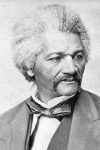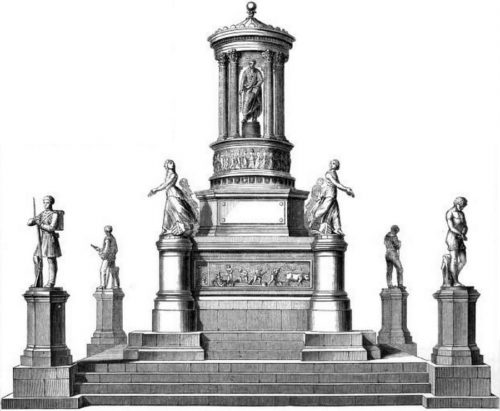 One hundred and fifty-five days ago yesterday Abraham Lincoln signed a bill “An Act For the Release of Certain Persons Held to Service or Labor in the District of Columbia” which freed all the slaves in the District of Columbia. This marked the first time the Federal Government freed any slaves, and the only time the slave-owners were paid for the slaves thus freed. April 16 became known as Emancipation Day, a day of celebration for the African-Americans living in DC, and in today’s post, I will look at some of the celebrations that took place on Capitol Hill.
One hundred and fifty-five days ago yesterday Abraham Lincoln signed a bill “An Act For the Release of Certain Persons Held to Service or Labor in the District of Columbia” which freed all the slaves in the District of Columbia. This marked the first time the Federal Government freed any slaves, and the only time the slave-owners were paid for the slaves thus freed. April 16 became known as Emancipation Day, a day of celebration for the African-Americans living in DC, and in today’s post, I will look at some of the celebrations that took place on Capitol Hill.
Emancipation day celebrations were fairly quiet affairs for the first years after Lincoln signed the bill into law. The ongoing Civil War was responsible for this for the first years, then the 1865 celebration was canceled outright, as it fell two days after the assassination of Lincoln. 1866 was, therefore, the first blowout, and it included a march that went around the Capitol, past the White House, and to Franklin Square. Although the march briefly went through Capitol Hill, tt was not the main focus of the celebration.
This changed in 1876 when the Emancipation Statue was unveiled in Lincoln Park. The celebration honored both the 11th year of Lincoln’s murder, as well as celebrating the 14th year of emancipation in the District of Columbia. The celebration drew a vast crowd to Lincoln Park and included President Grant as well as members of both houses of Congress. The main speaker was Frederick Douglass (pic), who took the opportunity to give a far more nuanced portrait of Lincoln than one would expect in such a venue:
He was preeminently the white man’s President, entirely devoted to the welfare of white men. He was ready and willing at any time during the first years of his administration to deny, postpone, and sacrifice the rights of humanity in the colored people to promote the welfare of the white people of this country. In all his education and feeling he was an American of the Americans. He came into the Presidential chair upon one principle alone, namely, opposition to the extension of slavery. His arguments in furtherance of this policy had their motive and mainspring in his patriotic devotion to the interests of his own race. To protect, defend, and perpetuate slavery in the states where it existed Abraham Lincoln was not less ready than any other President to draw the sword of the nation.
As to the statue itself, Douglass simply called it a “highly interesting object” in his speech, while as an aside, he was heard to have said something to the effect that the freed man should have had “a more manly attitude” as this “would have been more indicative of freedom.” None of Douglass’ dour words could repress the excitement of the crowd, and the celebration went on in high style.

Harriet Hosmer’s emancipation statue group, which showed African Americans in various stages, from slave to free. Unfortunately, this group was too expensive, and so Ball’s simpler statue was chosen instead (Google Books)
In the following years, Lincoln Park was often used for these Emancipation Day celebrations, which became more and more elaborate as time progressed, as well as giving individuals wishing to pay homage to the martyred president a place to do so.
Within the African-American community there was, however, dissension as to how best to mark Emancipation day, with some insisting that the main thrust of all celebrations should be to show how the freed slaves and their descendants had raised themselves up in the intervening years, while others felt that only a blowout with a richly varied parade would do the trick. Between the internal dissension and the external pressure coming from the rising tide of racism, Emancipation Day celebrations died out by the end of the 19th Century, both in Lincoln Park as well as all across the city.
It was only in 2005 that Mayor Anthony Williams signed a law reinstating April 16th as a holiday in the District of Columbia.
